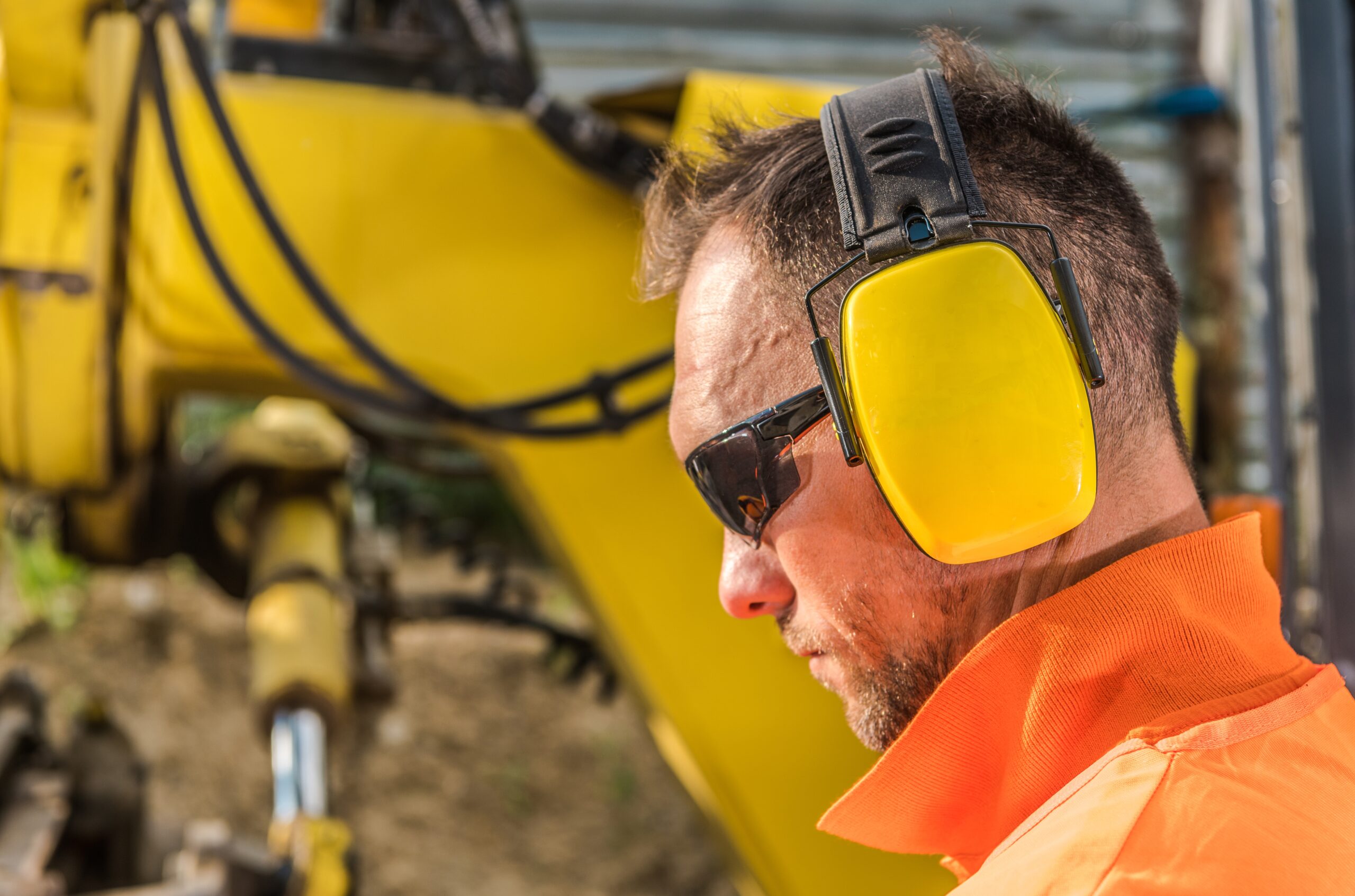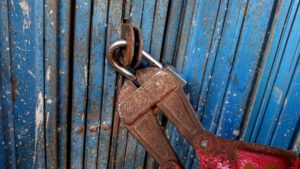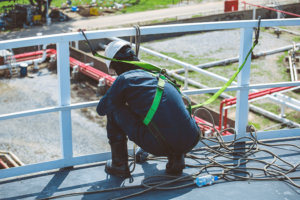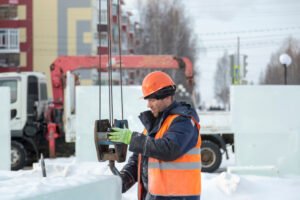10/21/2022—Construction and other heavy industries face complex safety issues like falls, slips and caught in/betweens, which are the leading causes of workplace injury or death in these fields.¹ Hearing damage is an often overlooked ailment, despite being the most common injury across all fields, with 22 million workers affected globally. In heavy industries, over 50% of workers are exposed to hazardous noise resulting in 25% of them suffering hearing damage.² Loss of hearing in any capacity can result in distress and agitation with job tasks and everyday life, even leading one to miss essential alerts, as well as leading to more permanent conditions like tinnitus.³
Hazardous noise is classified as anything above 85 decibels (dBA). The higher the decibel levels the greater potential for permanent injury. Machines commonly used in construction and other heavy industries go well beyond the minimum dBA hazard levels, including jack hammers, chop saws, chainsaws, and hammer drills, which all reach upwards of 100+ dBA.
Compounded with harmful noise levels, some chemicals used in construction can make workers more susceptible to hearing damage. Referred to as ototoxic chemicals, they include asphyxiants (like carbon monoxide, hydrogen cyanide, and tobacco smoke), nitriles (like butenenitrile, cis-2-pentenenitrile, and acrylonitrile) metals and compounds (such as mercury compounds, organic tin compounds, and lead), and pesticides (such as organophosphates, paraquat, pyrethroids, hexachlorobenzene). Hearing loss as a result of ototoxic chemicals is called ototoxicity, and approximately 10 million construction workers are exposed to these chemicals in solvents alone, according to the Centers for Disease Control and Prevention (CDC).
The first step in protecting your workforce from auditory damage is education. Employees should be knowledgeable about the environments that boast dangerous noise levels, and signs should be placed around these areas accordingly. Sites should be evaluated for any ototoxic chemicals, and employees should be informed as to what those chemicals are and how to properly handle them. To prevent ototoxicity and hearing damage, employees should be provided personal protective equipment (PPE), including earmuffs or earplugs. Other measures include staggering shifts in areas with dangerous noise levels, minimizing exposure to ototoxic chemicals, and replacing ototoxic chemicals with safer ones in cases where they can be substituted.
While earplugs and earmuffs may hinder communication, they should never be removed in the presence of dangerous noise levels. Developing hand signals for common work instructions can facilitate safe communication, as well as two-way noise cancelling headsets which allow for clear communication without the added noise risk.
The Connected Resources platform helps control and limit noise exposure and hearing damage. CoRe’s customizable zones, complete with alerts upon entry, help limit the number of employees entering damaging noise areas. Managers can track how long employees spend time in high-dBA areas, limiting their access to it or staggering shifts. Ensure employees are wearing PPE whenever they enter zones using CoRe’s Personal Safety Device badges and asset trackers, which can be utilized to alert managers when an employee is missing critical PPE in specified zones. CoRe’s patented PSD badges also hold individual employee profiles, which can be modified to let management know when an employee may be at increased risk, such as prolonged exposure to ototoxic chemicals.
With CoRe’s IoT management platform workers are provided with enhanced safety, while management is given streamlined real-time views of all job sites, keeping a watchful eye and ear on worker safety. Learn more about how CoRe can benefit you today!
…
¹ Centers for Disease Control and Prevention. (2022, July 26). Fast facts- traumatic occupational injuries. Centers for Disease Control and Prevention. Retrieved October 5, 2022, from https://www.cdc.gov/niosh/injury/fastfacts.html
² Centers for Disease Control and Prevention. (2021, November 11). Construction statistics – occupational hearing loss surveillance. Centers for Disease Control and Prevention. Retrieved October 18, 2022, from https://www.cdc.gov/niosh/topics/ohl/construction.html
³ Holmer, J. K. and N. (n.d.). Top 10 causes of hearing loss in construction and heavy equipment use. Sensear. Retrieved October 18, 2022, from https://www.sensear.com/blog/top-10-causes-of-hearing-loss-and-preventative-measures-in-the-construction-and-heavy-equipment-industry





